
Page created 27 June 2006
Last revised 07 July 2009
 |
A Place Called
YORKSHIP - They Built the Ships Page created 27 June 2006 Last revised 07 July 2009 |
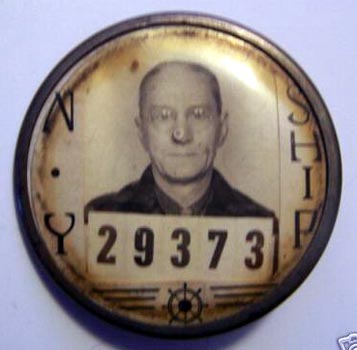 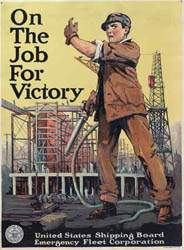 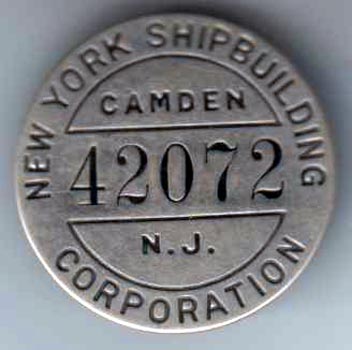 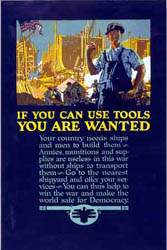 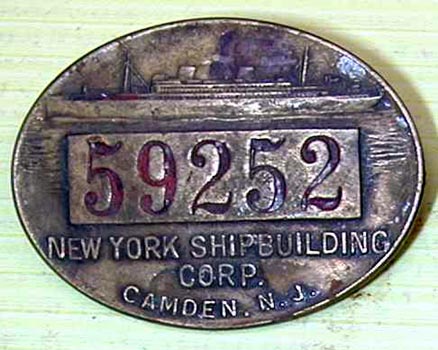 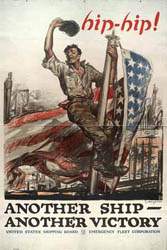 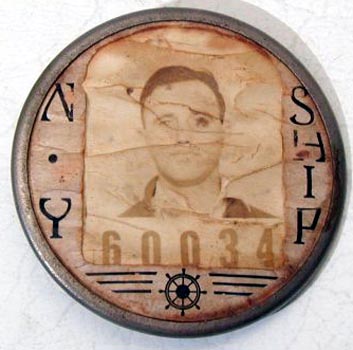 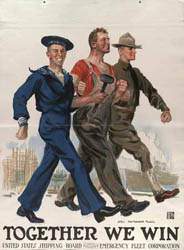 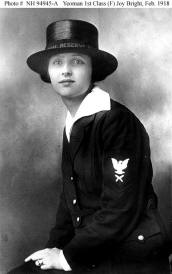 |
It takes a lot of
manpower to build a 500-foot steel-hulled sea-going
vessel. As early as 1901, New York Ship employed over
4000 workers, and the payroll rarely dropped below that
number for the next 65 years. But that pales beside the
wartime workforce, which swelled to over 19,000 during
World War I and an astonishing 34,000 during World War
II. That workforce was deployed into a dizzying number of trades and specialties: shipwrights and riggers, boilermakers and anglesmiths, drop forgers and tank-testers, punchers and pressmen, reamers and joiners, erectors and fitters. Draftsmen produced full-scale drawings for the loftsmen and pattern-makers. Machinists produced thousands of specialized rivets a day for the riveters. Coppersmiths produced custom pipes and fittings for the pipe-fitters and plumbers to install. The 1918 Minimum Wage Scale established by the Emergency Fleet Corporation lists over 130 job classifications in 30 departments. The complexity of the final product dictated an extraordinary degree of coordination within the yard. Thousands of tons of metal had to be procured, cut, bent, drilled, machined, transported here and there, erected, assembled, painted, inspected, in a furious industrial ballet which could be graceful at its best (the Tuckahoe or South Dakota) or excruciatingly labored at its worst (the Saratoga or Pollack). That coordination relied not merely on good plant management and engineering design, but on the quality of the leads and foremen in every department from the mold loft to the outfitting pier.
The Ship-Building Business in the United States of America, a 1948 publication of The Society of Naval Architects and Marine Engineers, offers this breakdown of shipyard occupations in 1943: Supervisory Workers (8.6% of workforce)
Skilled Workers (48.2%)
Semi-Skilled Workers - General (35.8%)
Other Semi-Skilled Workers (3.6%)
Unskilled Workers (7.4%)
|
![]() your
Yorkship memories to Michael Kube-McDowell, Class of '68
your
Yorkship memories to Michael Kube-McDowell, Class of '68